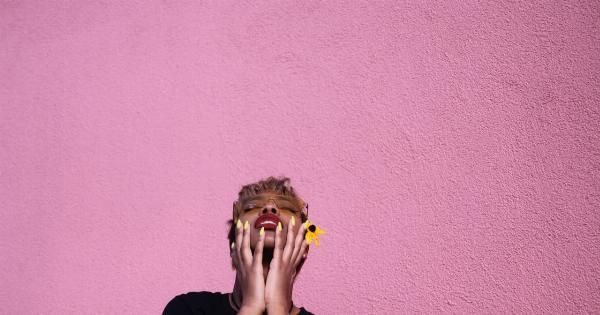Beauty standards have long been a topic of discussion, shaping societies’ perception of attractiveness. However, the impact of these standards is often viewed differently for men and women.
This analysis aims to delve into the question of whether men or women are more affected by beauty standards. Through an examination of societal pressures, media influences, and personal experiences, we can gain insights into the differing effects of beauty standards on both genders.
The Pressure to Conform
Both men and women face societal pressures to conform to certain beauty standards. However, it can be argued that women are more heavily affected by these pressures due to long-standing historical and cultural factors.
Throughout history, women have been expected to adhere to specific beauty ideals, placing a significant emphasis on physical appearance. From corsets in the Victorian era to the size-zero obsession of modern times, women have consistently faced intense scrutiny regarding their bodies.
On the other hand, while men may face less overt pressure to conform to beauty standards, they are not immune to its effects.
Men are increasingly facing expectations to display a toned, muscular physique, with a focus on chiseled abs and defined muscles. These ideals are perpetuated by the media, which often portrays male characters with perfect bodies as the epitome of attractiveness. Such societal expectations can lead to body image issues and a feeling of inadequacy among men.
The Role of Media
The media plays a substantial role in shaping beauty standards for both men and women. Historically, women have been presented with highly edited and unrealistic portrayals of beauty through magazines, advertisements, and movies.
The prevalence of flawless and airbrushed female models contributes to an unattainable beauty standard, leading to negative impacts on women’s body image and self-esteem.
However, in recent years, men have also been subjected to similar media influences. The rise of social media platforms, such as Instagram, has given rise to a new form of male beauty standards.
Influencers and fitness models flaunt their perfectly sculpted bodies, exacerbating the pressure on men to achieve a particular physique. This shift in media representation has undoubtedly affected men’s perception of their own bodies and contributed to the growing male beauty industry.
Personal Experiences and Mental Health
The effects of beauty standards on mental health cannot be undermined for both men and women. Women, in particular, often face a multitude of beauty-related anxieties due to societal expectations.
The constant pressure to achieve an ideal body, maintain a youthful appearance, and conform to beauty norms can lead to the development of eating disorders, body dysmorphia, and low self-esteem.
While men may face less discussion around the topic of body image, it does not negate the significant impact it has on their mental well-being.
Men who do not fit into the ideal masculine beauty standards may experience feelings of insecurity and a reduced sense of self-worth. With increasing societal emphasis on appearance, men are also susceptible to developing body dysmorphic disorder and engaging in unhealthy behaviors such as excessive exercise or the use of performance-enhancing substances.
Stigma and Stereotypes
Another aspect to consider in this analysis is the presence of stigma and stereotypes surrounding beauty standards for both genders. Women are often labeled as superficial or vain when they conform to or express an interest in beauty standards.
This societal perception can invalidate women’s experiences and undermine the importance placed on their appearance.
For men, the stigma around beauty standards can manifest in the form of toxic masculinity. Society has long perpetuated the belief that men should not prioritize their physical appearance or show vulnerability.
This toxic masculinity can discourage men from openly discussing the impact of beauty standards and seeking support when facing body image issues.
Conclusion
Through examining societal pressures, media influences, personal experiences, and the presence of stigma, it becomes apparent that both men and women are affected by beauty standards.
While women have historically faced more intense scrutiny regarding their physical appearance, men are increasingly impacted by societal expectations as well.
It is important to recognize that beauty standards affect individuals differently, and the effects can vary based on personal circumstances and cultural factors.
By promoting body positivity, challenging harmful stereotypes, and encouraging open discussions, we can work towards a society that values all body types and recognizes that everyone deserves to feel comfortable in their own skin.





























